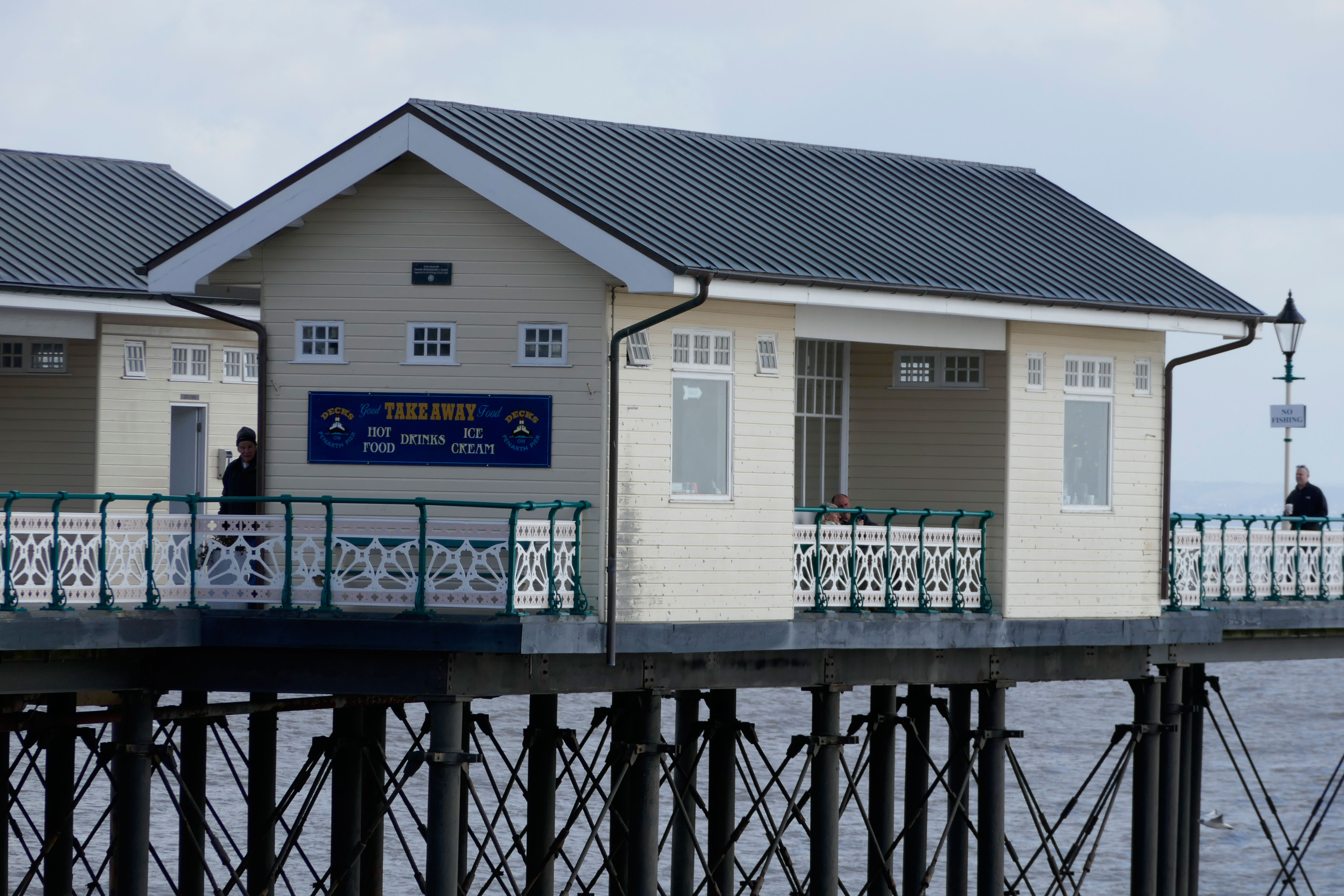Why you can trust TechRadar
Performance
- 10fps burst shooting (6fps with continuous AF)
- Decent optical quality
- 300 shot battery life
The ZS100 / TZ100's all-purpose metering system provides generally accurate exposures, only failing slightly when photographing something with areas of high contrast – but it's no more than we would expect from any camera. Similarly, the automatic white balance system copes well when faced with different lighting conditions. Slightly warmer tones are produced when photographing under artificial light, so if you're concerned with ultimate accuracy, either switch to a preset value or set a custom white balance.
Detail is kept well throughout the ZS100's optical zoom range, with roughly the same amount of detail at the far reach of the telephoto zoom as seen at the wide angle end.


The ability to shoot at 10 frames per second (fps) is pretty impressive, while even with it dropping down to 6fps when you want to use the ZS100's continuous AF is nothing to be sniffed at.
At 300 shots, battery life is reasonable, but if you're intending to use the viewfinder quite a bit, this does drop to 240 shots, so if you're going to be away for a long weekend or longer, then it might be worth thinking about investing in another battery.
Image quality
- ISO125-12,800, expandable to 80-25,600
- Can record plenty of detail
- Pleasing images straight from camera
As the ZS100 / TZ100 uses the same sensor as the FZ1000, we had high hopes that image quality would be good. Happily, those hopes have been borne out both by results from our labs and real-world images.
JPEG images display a great amount of vibrance and punch, without straying too far into unrealistic territory, while the overall impression of detail is fantastic.
At normal printing (A4 or smaller) or on-screen viewing sizes, the ZS100's images, have detail comparable with shots taken on cameras with much larger sensors, such as the GF7 (which has a Four Thirds sensor). And at 100% on screen, despite a little smoothing, it's hard to tell the ZS100's low sensitivity JPEG images apart from the GF7's.
Sign up for breaking news, reviews, opinion, top tech deals, and more.
Our lab tests indicate that the ZS100 / TZ100 competes very strongly with the Sony RX100 IV and Canon G5 X, all of which have 1.0-inch type sensors
Our lab tests indicate that the ZS100 / TZ100 competes very strongly with the Sony RX100 IV and Canon G5 X, all of which have 1.0-inch type sensors. For signal to noise ratio, the ZS100 beats the other cameras on test throughout the ISO 100-800 range, and most significantly at ISO200. From ISO 1600, the ZS100 is extremely closely matched to the other cameras, while at ISO 3200, the ZS100 beats both the Sony and the Canon.
It's a slightly more complicated picture for the raw format files, where at the lower end of the scale (ISO100-200) the ZS100 is beaten by the Sony and Canon cameras, but from ISO800 right up to ISO12,800, it beats all of the other cameras on test.
For dynamic range, the story is also a little more patchy. For JPEG images taken at the lower end of the scale (ISO200-800), the ZS100 is beaten by the Canon and Sony, but is still pretty good. At 1600, the ZS100 is pretty much tied with the Sony and Canon, while at ISO3200, the Canon beats the ZS100 very slightly, but the ZS100 beats the Sony. At 6400, all of the cameras are closely matched, but at 12800, the ZS100 wins out more significantly.
Looking at the raw format files, performance is particularly impressive. Although at ISO200 it is beaten ever so slightly by the Canon, from ISO 400 the ZS100 beats the other cameras on test, at times by quite a significant margin.
In terms of resolution, we can use a combination of the labs test and the real world images to make a judgement on how well detail is resolved. At the low-medium end of the ISO run (ISO200-1600), the ZS100 is capable of matching Canon's G5 X sensor, and is slightly worse than Sony's RX100 IV. However, at the higher end of the spectrum (ISO3200-6400), it's better than Canon and matches the Sony's capability, while at 12,800, the ZS100 is the best performer.
Looking at a corresponding raw file, it's clear that the camera is applying a fair amount of noise reduction to JPEG images. While that noise reduction generally results in natural-looking, low-noise images, if you're photographing something particularly detailed, you may appreciate the ability to bring that back by editing the raw format files.
When all noise reduction is turned off, images taken at ISO3200 (see shot above) and 6400 have visible chroma noise at 100%, but it's fairly evenly spread throughout the image and therefore easily tackled by noise reduction software. Even without noise reduction being applied the images still look decent at normal printing and viewing sizes.
Using the electronic shutter allows you to shoot at wide apertures in bright sunlight – this image above has been taken with a 1/16000 sec shutter speed.
Current page: Performance and image quality
Prev Page Build, handling and AF Next Page Verdict and competition
Amy has been writing about cameras, photography and associated tech since 2009. Amy was once part of the photography testing team for Future Publishing working across TechRadar, Digital Camera, PhotoPlus, N Photo and Photography Week. For her photography, she has won awards and has been exhibited. She often partakes in unusual projects - including one intense year where she used a different camera every single day. Amy is currently the Features Editor at Amateur Photographer magazine, and in her increasingly little spare time works across a number of high-profile publications including Wired, Stuff, Digital Camera World, Expert Reviews, and just a little off-tangent, PetsRadar.



